
A moat has been found in the City of David in Jerusalem. Dating back over 3,000 years, the structure has been tied to various biblical references. The moat likely separated Jerusalem’s temple and palace in the upper city from the residential lower city. Researchers at the Israel Antiquities Authority said, “This is a dramatic discovery that opens up a renewed discussion about the terms from the biblical literature that refers to the topography of Jerusalem, such as the Ophel and the Millo.”
In this gallery, we take a closer look at the find, as well as another discovery.

Excavation director Dr. Yiftah Shalev said, “It is not known when the moat was originally cut, but evidence suggests it was used during the centuries when Jerusalem was the capital of the Kingdom of Judah, almost 3,000 years ago, beginning with King Josiah.”
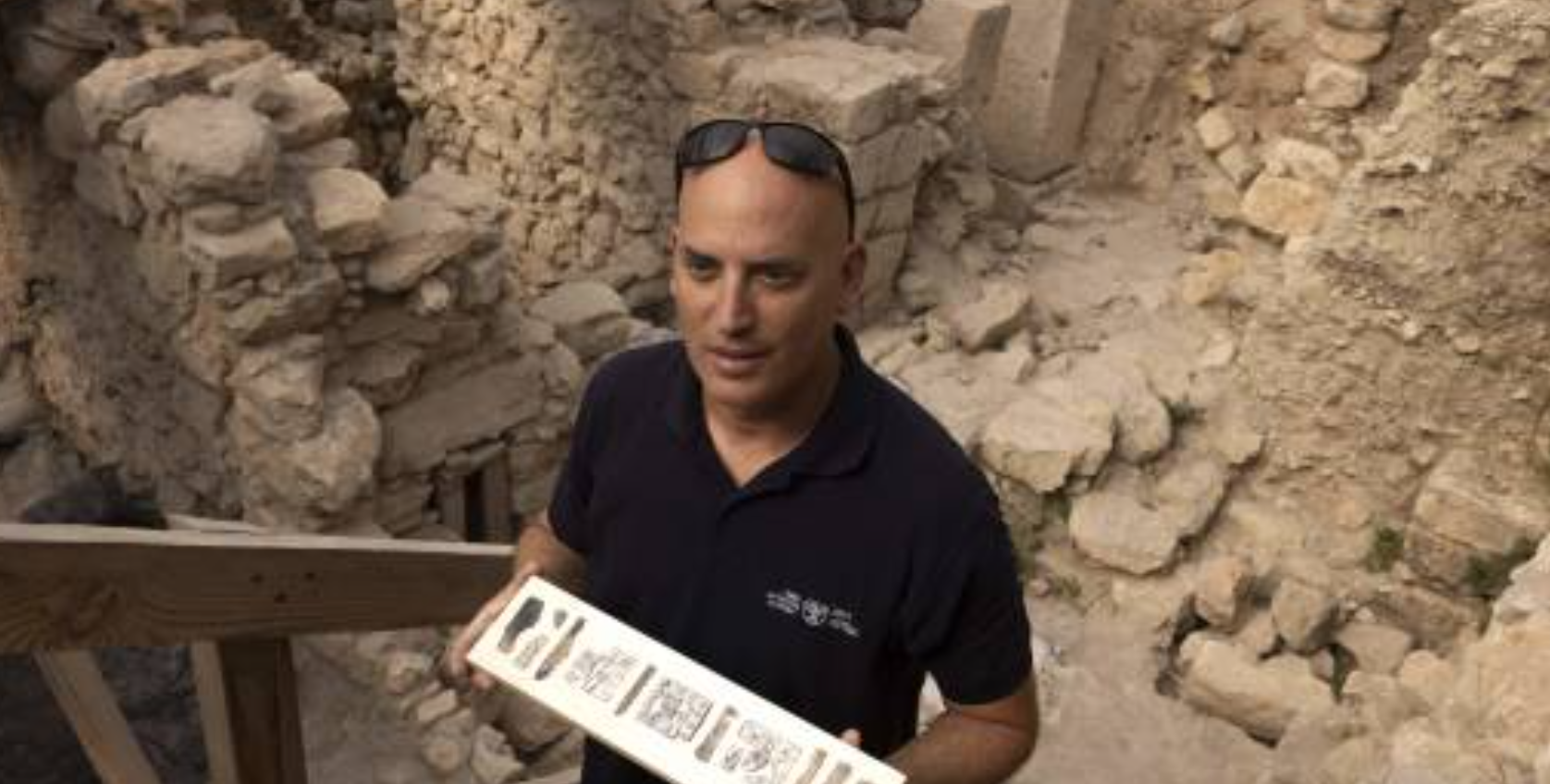
Shalev added, “During those years, the moat separated the southern residential part of the city from the ruling Acropolis in the north; the upper city where the palace and the temple were located.”
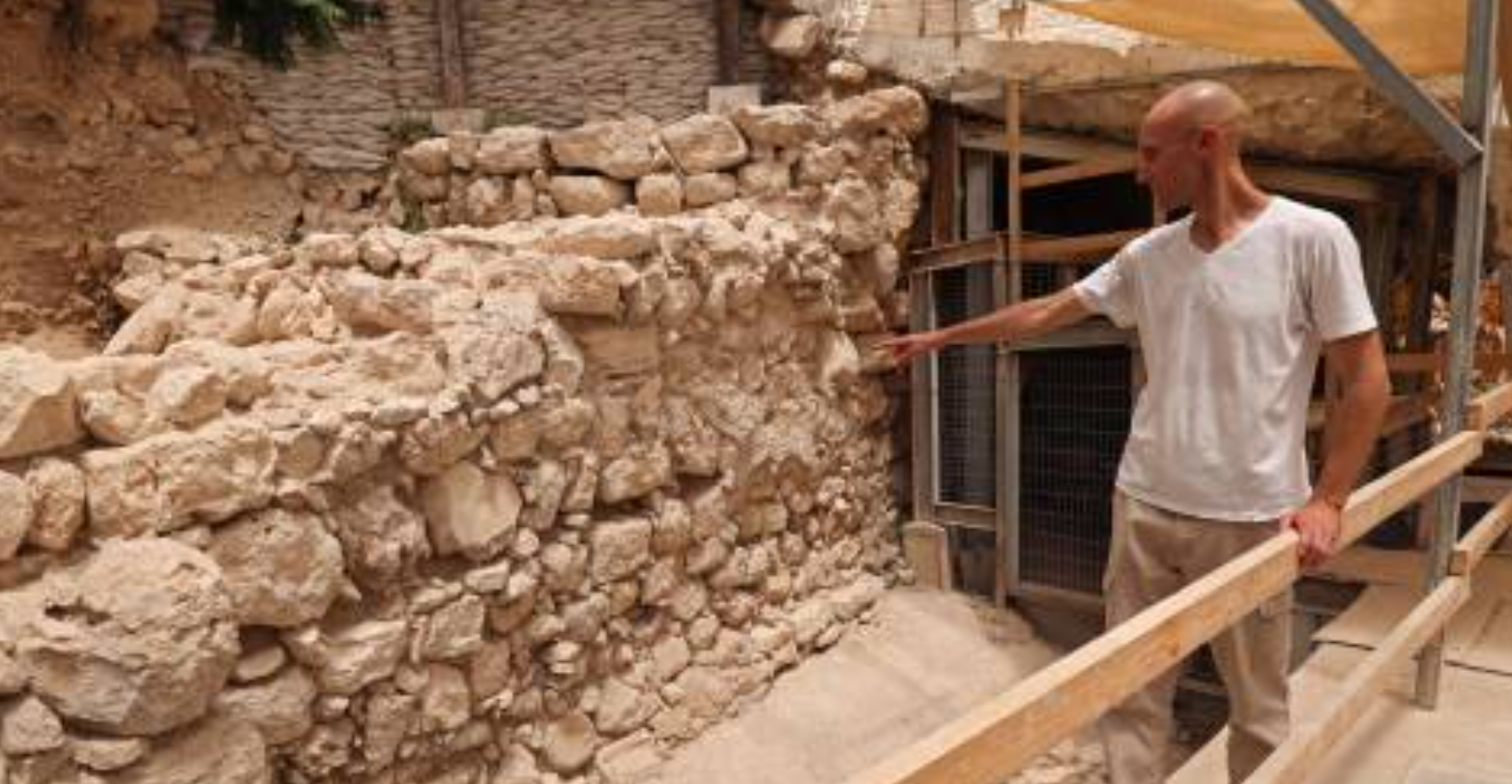
The design may date back to the Middle Bronze Age, around 3,800 years ago, predating its later use during the Kingdom of Judah as a critical urban feature.

Shalev stated, “We are confident that [the moat] was used at the time of the First Temple and the Kingdom of Judah [in the ninth century BC], so it created a clear buffer between the residential city in the south and the upper city in the north.”

Director of the Israel Antiquities Authority Eli Escusido said, “Once again, discoveries are being revealed that shed new and vivid light on the biblical literature.”

Escusido added, “When you stand at the bottom of this giant excavation, surrounded by enormous hewn walls, it is impossible not to be filled with wonder and appreciation for those ancient people who, about 3,800 years ago, literally moved mountains and hills.”
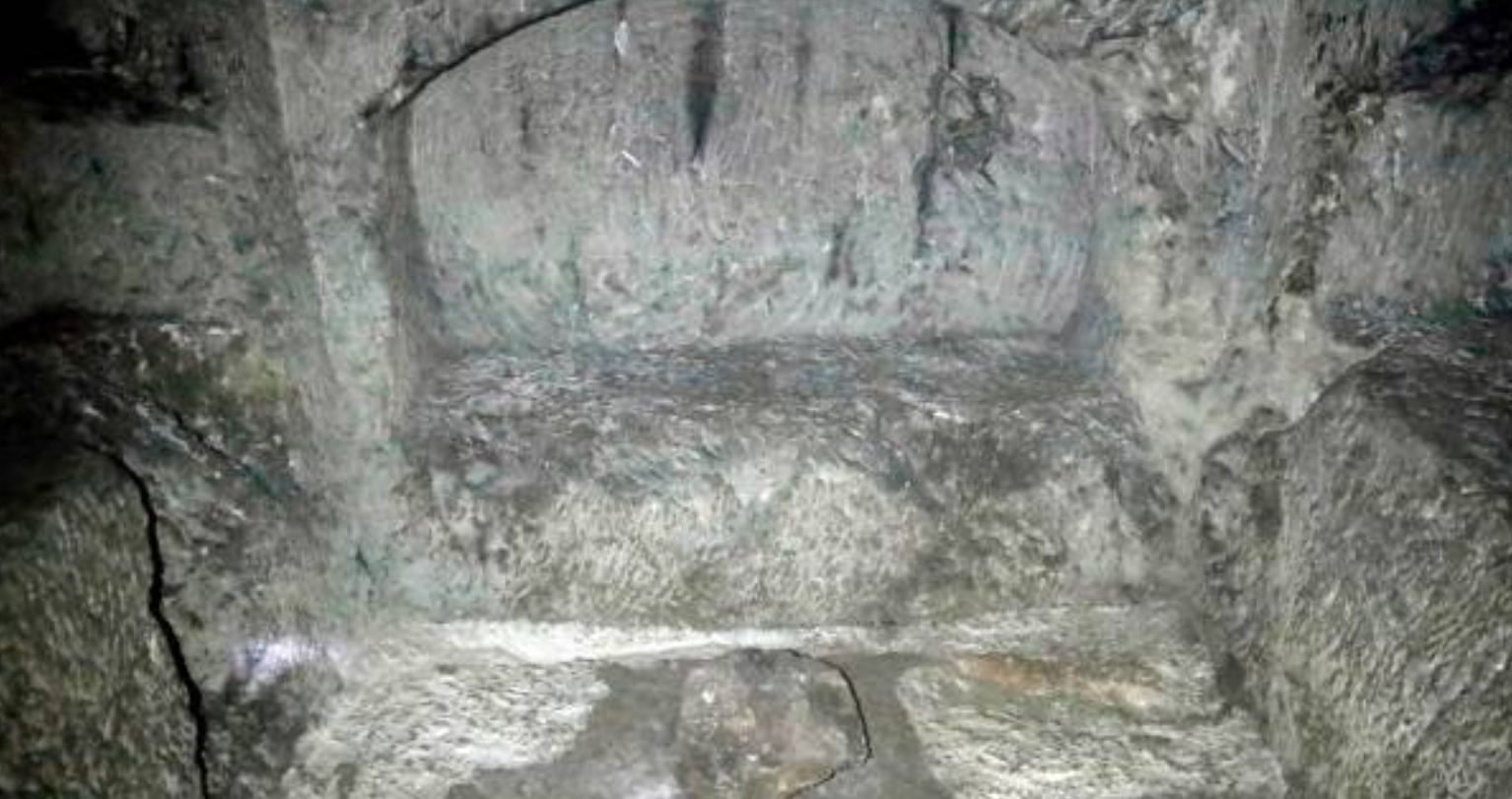
Archaeologists also recently uncovered a 2,700-year-old stone seal in Jerusalem, revealing cultural insights into the Kingdom of Judah. Found in the Davidson Archaeological Garden, the black stone amulet bears a paleo-Hebrew inscription and a depiction of a winged figure.
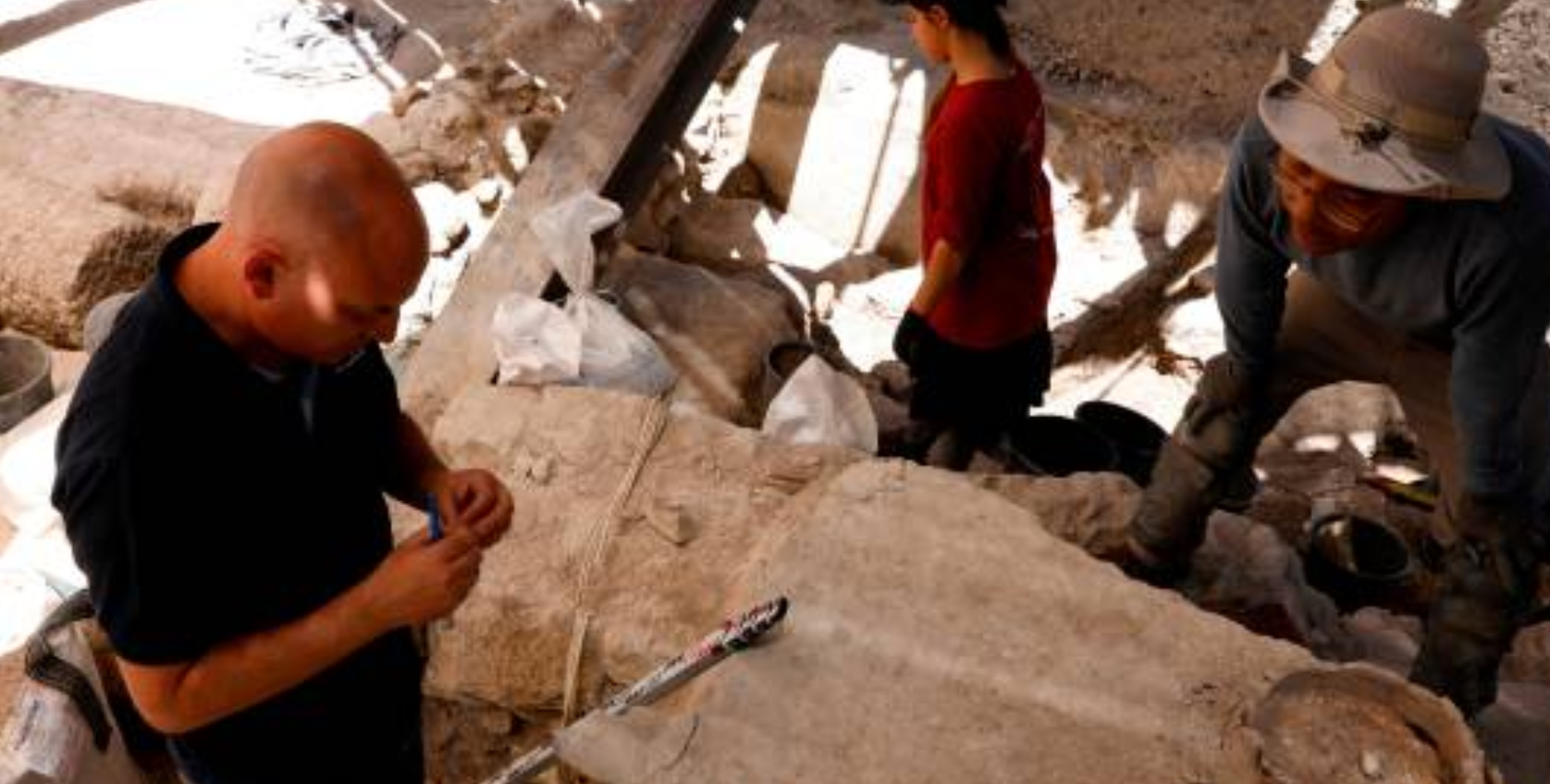
The inscription, “Le Yehoʼezer ben Hoshʼayahu,” meaning “For Yeho’ezer son of Hosh’ayahu,” suggests the seal belonged to a high-ranking Judah official. Its mirrored writing indicates it was used to press words into wax, likely for signing documents, and the hole in the stone suggests it was also worn as a protective talisman.
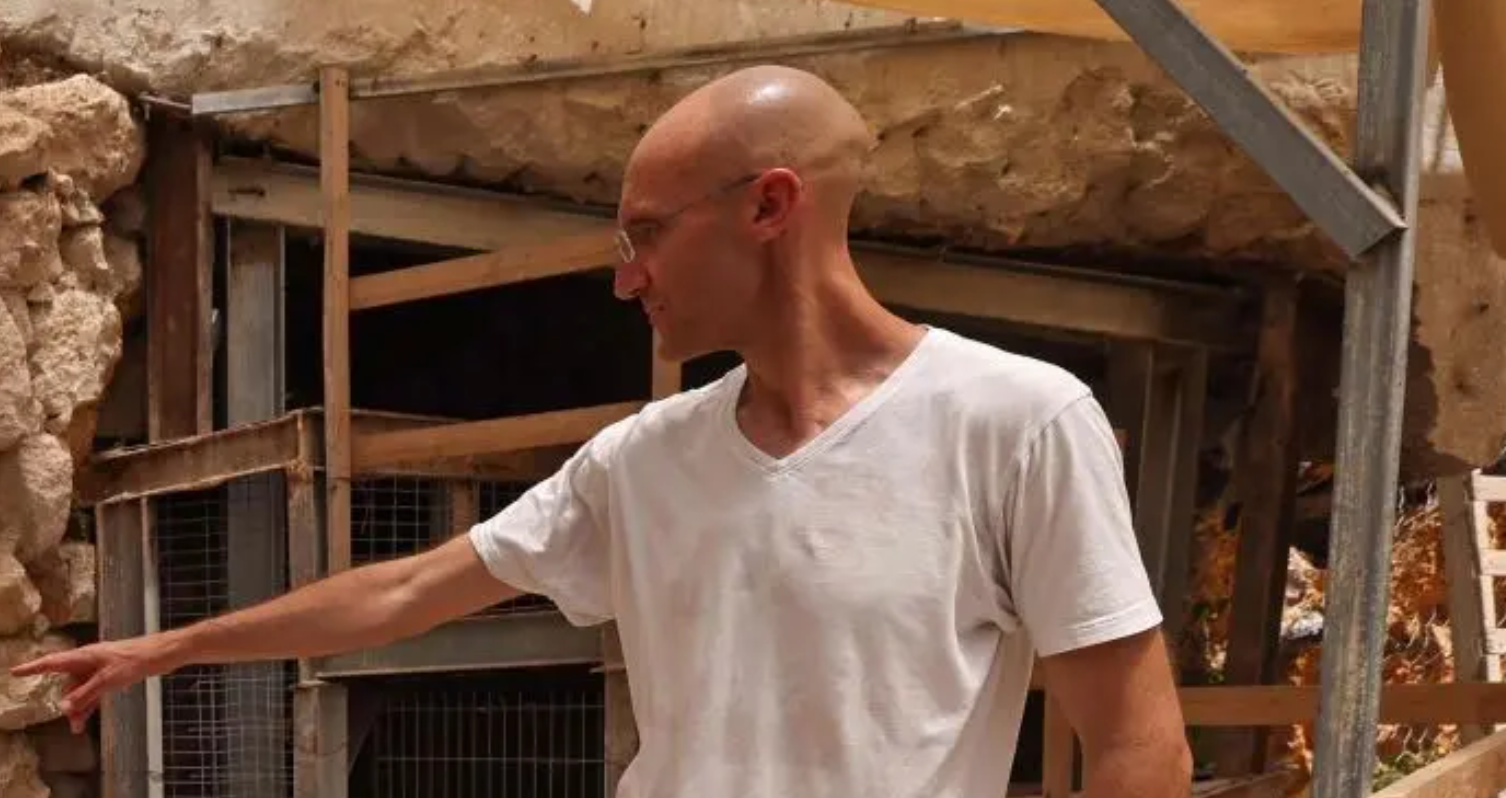
The winged figure, identified as a “genie,” reflects Assyrian influence during Judah’s rule by the empire. This is the first discovery of such a figure in Israeli archaeology, according to IAA archaeologist Dr. Filip Vukosavovic. He noted that winged demons in Neo-Assyrian art were seen as protective symbols.
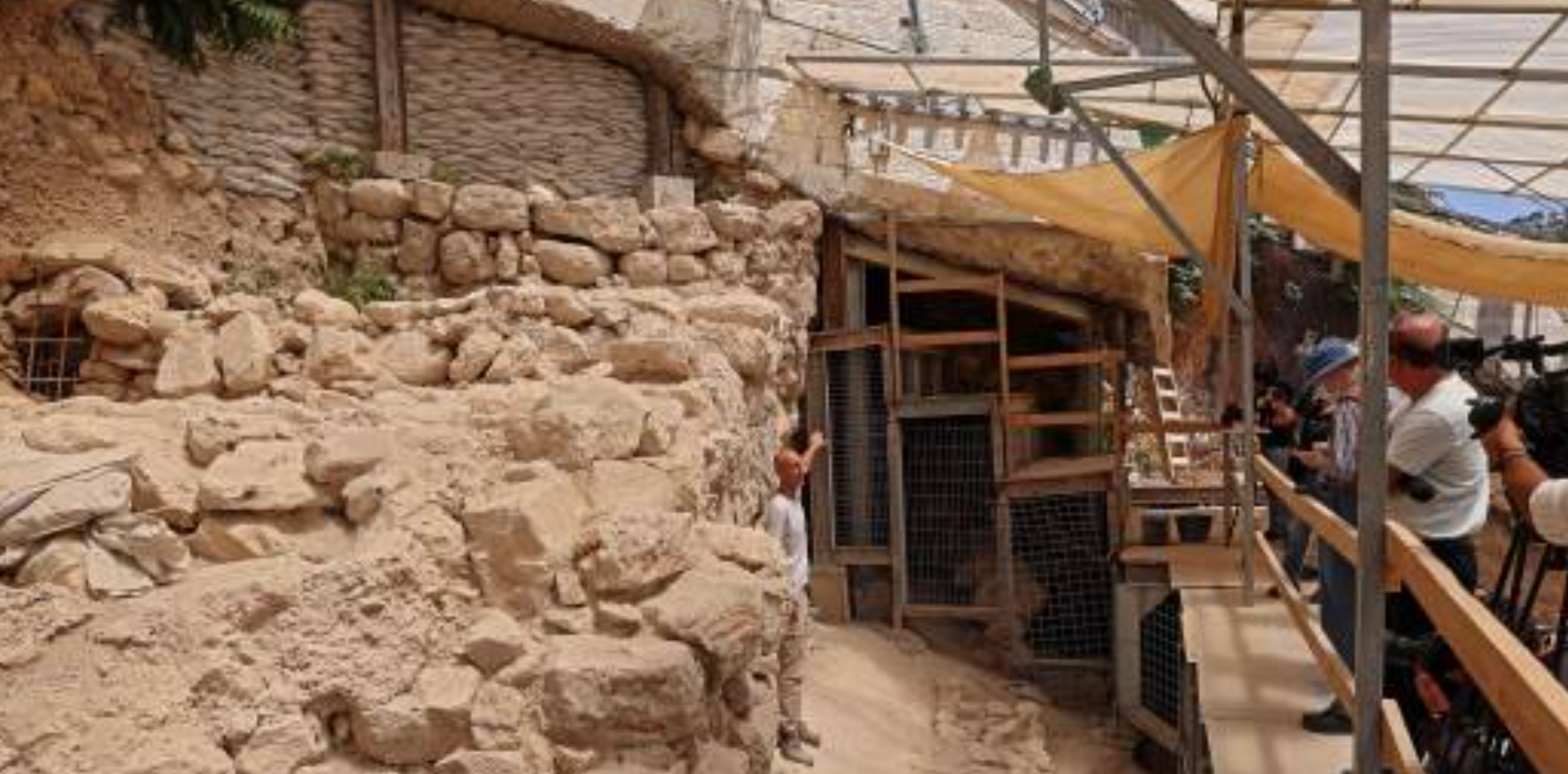
Experts believe the seal was passed down from Hosh’ayahu to his son Yeho’ezer, who added his name to inherit its protective qualities. The discovery has challenged the assumption that literacy was limited to elites.

